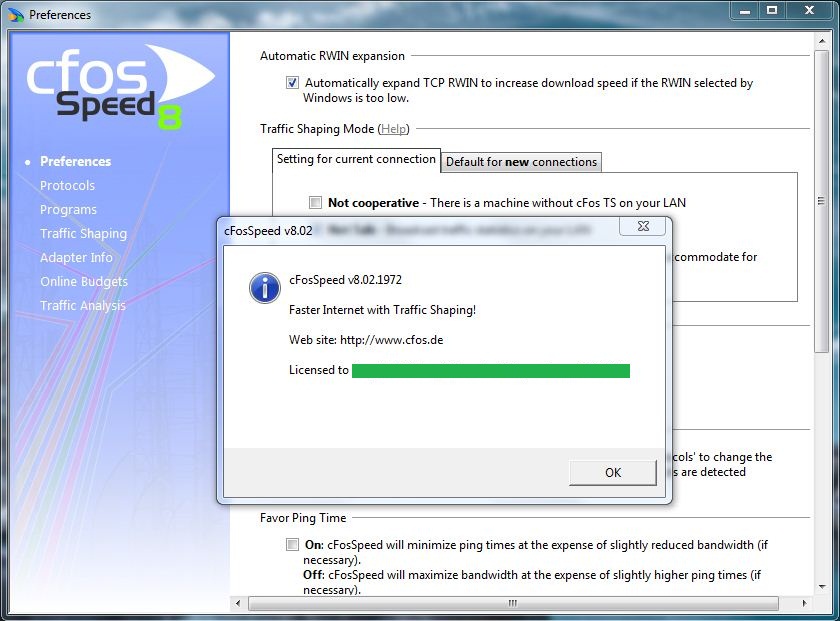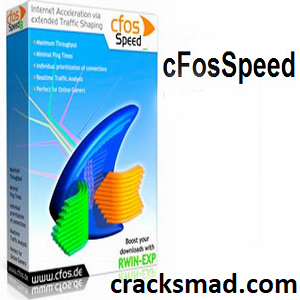
However, it leads to problems on media with highly varying ping times, like wireless mobile connections (UMTS, WIMAX, CDMA, CDMA 2000, etc). This method works quite well for data transmission media that are very stable and work always with the same speed and latency like DSL or Cable. To counter that, cFosSpeed will reduce sending and/or receiving speed. Then, when later cFosSpeed measures higher ping times, it knows that the line must be congested. Over time, cFosSpeed records the lowest ping time.

For this purpose, cFosSpeed sends regular ICMP echo-request Ping packets or small UDP packets, whatever works better. These packets are sent out with a small TTL value, so as to return quickly and produce more accurate timings. When receiving, cFosSpeed can not change the order of the data packets to be received, but it can slow down the senders so much that the line is not clogged from that side and ping times are nice and low.ĬFosSpeed determines transmission speeds by sending out ping packets.

Thus, more urgent data can be sent out first. receive) and then, send out data with no more than the sending speed and use a priority queue for the rest of the data. CFosSpeed traffic shaping consists of two major parts: first, find out the maximum line speeds (send resp.


 0 kommentar(er)
0 kommentar(er)
